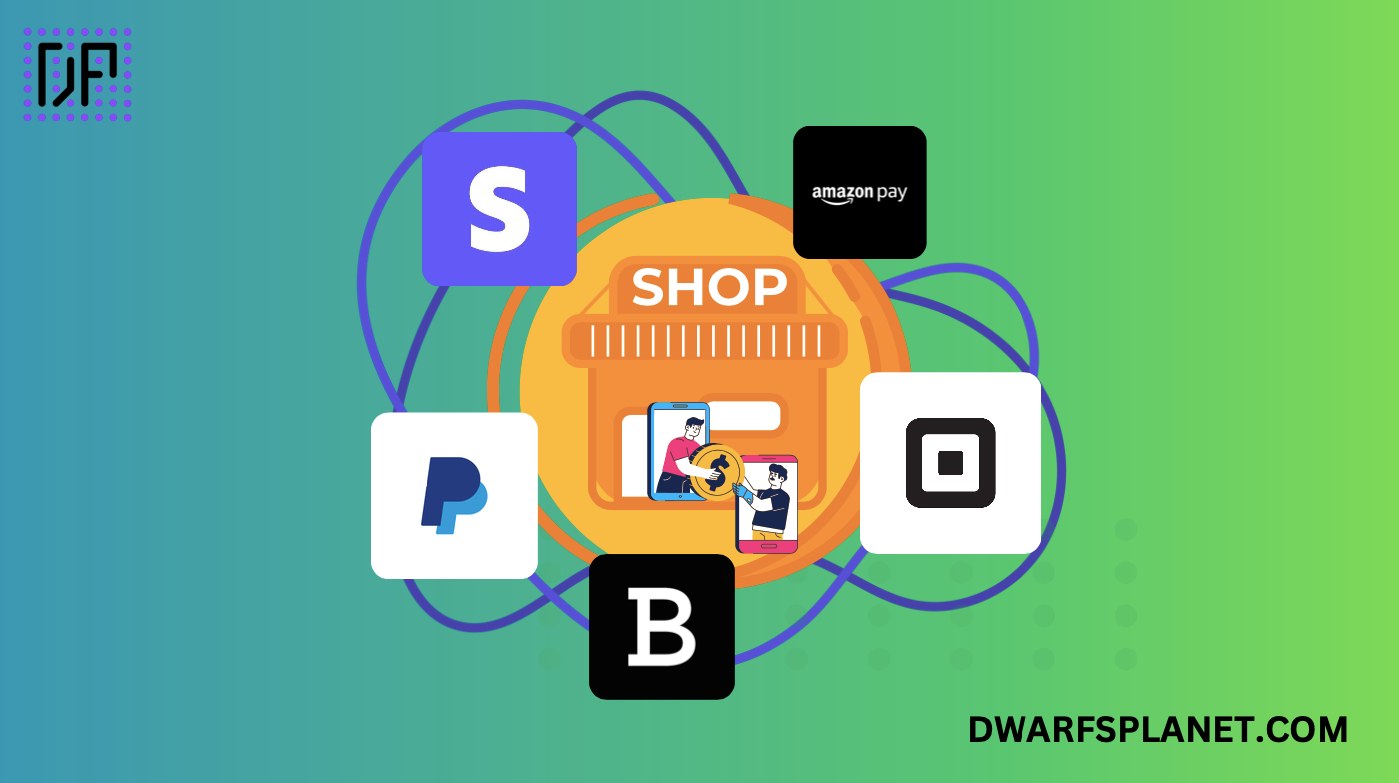Simulation tool for robotics with realistic physics.
Gazebo is an open-source robotics simulator that provides an accurate and dynamic environment for testing and developing robotic applications. Developed by the Open Source Robotics Foundation (OSRF), Gazebo offers a robust physics engine, high-quality graphics, and various tools to simulate complex robotic systems in 3D environments. It allows developers to test algorithms, design robots, simulate sensors, and evaluate performance in a realistic environment before deploying to the real world. Gazebo is widely used in academia, research, and industry due to its flexibility, modularity, and extensive integration with the Robot Operating System (ROS).
Key Features:
- Accurate Physics Simulation: Uses advanced physics engines, such as ODE (Open Dynamics Engine), Bullet, Simbody, and DART, to provide realistic simulations of robot dynamics, collisions, and environmental interactions.
- Sensor Simulation: Simulates various types of sensors, including cameras, LIDAR, GPS, IMU, and sonar, allowing developers to test perception and control algorithms under realistic conditions.
- High-Quality 3D Graphics: Offers high-quality 3D rendering using OpenGL, with support for custom textures, shadows, lighting, and environmental effects to create visually realistic scenes.
- Flexible Robot Modeling: Supports creating and importing robot models using URDF (Unified Robot Description Format) or SDF (Simulation Description Format), providing flexibility in designing and simulating different types of robots.
- Extensive ROS Integration: Seamlessly integrates with ROS, enabling developers to use ROS tools, libraries, and packages within Gazebo for testing and simulation.
- World and Environment Building: Allows users to create complex simulation environments with different terrains, obstacles, objects, and buildings, enabling realistic testing scenarios.
- Plugin Support: Offers a plugin architecture that enables developers to extend Gazebo’s functionality, including custom controllers, sensors, and actuators.
- Multi-Robot Simulation: Supports simulating multiple robots simultaneously, making it ideal for testing swarm robotics, collaborative robotics, and multi-robot systems.
Benefits:
- Reduces Development Costs: Allows developers to test and validate algorithms and systems in a virtual environment before deploying them to physical robots, reducing the risk of damage and cost.
- Accelerates Prototyping and Testing: Provides a realistic simulation environment that enables rapid prototyping and iteration, speeding up the development cycle.
- Improves Algorithm Performance: Helps developers refine and optimize algorithms, such as SLAM (Simultaneous Localization and Mapping), path planning, and object detection, by simulating different scenarios and conditions.
- Supports Collaborative Development: Offers tools for sharing simulation models, worlds, and environments, facilitating collaboration across teams and organizations.
- Cross-Platform Compatibility: Available on Linux, Windows, and macOS, providing flexibility in choosing the development environment.
Strong Suit: Gazebo’s strongest suit is its ability to provide a realistic, high-fidelity simulation environment for testing and developing complex robotic systems, making it an essential tool for robotics research and development.
Pricing:
- Free: Gazebo is open-source and free to use under the Apache 2.0 License.
Considerations:
- Steep Learning Curve: Gazebo has a learning curve, especially for those new to robotics or simulation, due to its extensive feature set and configuration options.
- Requires Powerful Hardware: Running high-fidelity simulations with complex environments or multiple robots can be resource-intensive, requiring a computer with good processing power, RAM, and graphics capabilities.
- Dependent on ROS for Advanced Features: While Gazebo can be used independently, its full potential is realized when integrated with ROS, which may require additional setup and configuration.
Git hosting service with version control features.
Git-based source code repository hosting service.
Fully managed source control service for Git repositories.
Summary: Gazebo is a powerful and flexible simulation tool that offers a realistic environment for developing and testing robotic applications. With features like accurate physics simulation, sensor modeling, 3D graphics, and extensive ROS integration, it enables developers to prototype, test, and optimize robots and algorithms in a controlled, cost-effective manner. While it requires learning and may be resource-intensive for complex simulations, its open-source nature, comprehensive capabilities, and strong community support make it a popular choice in the field of robotics.














